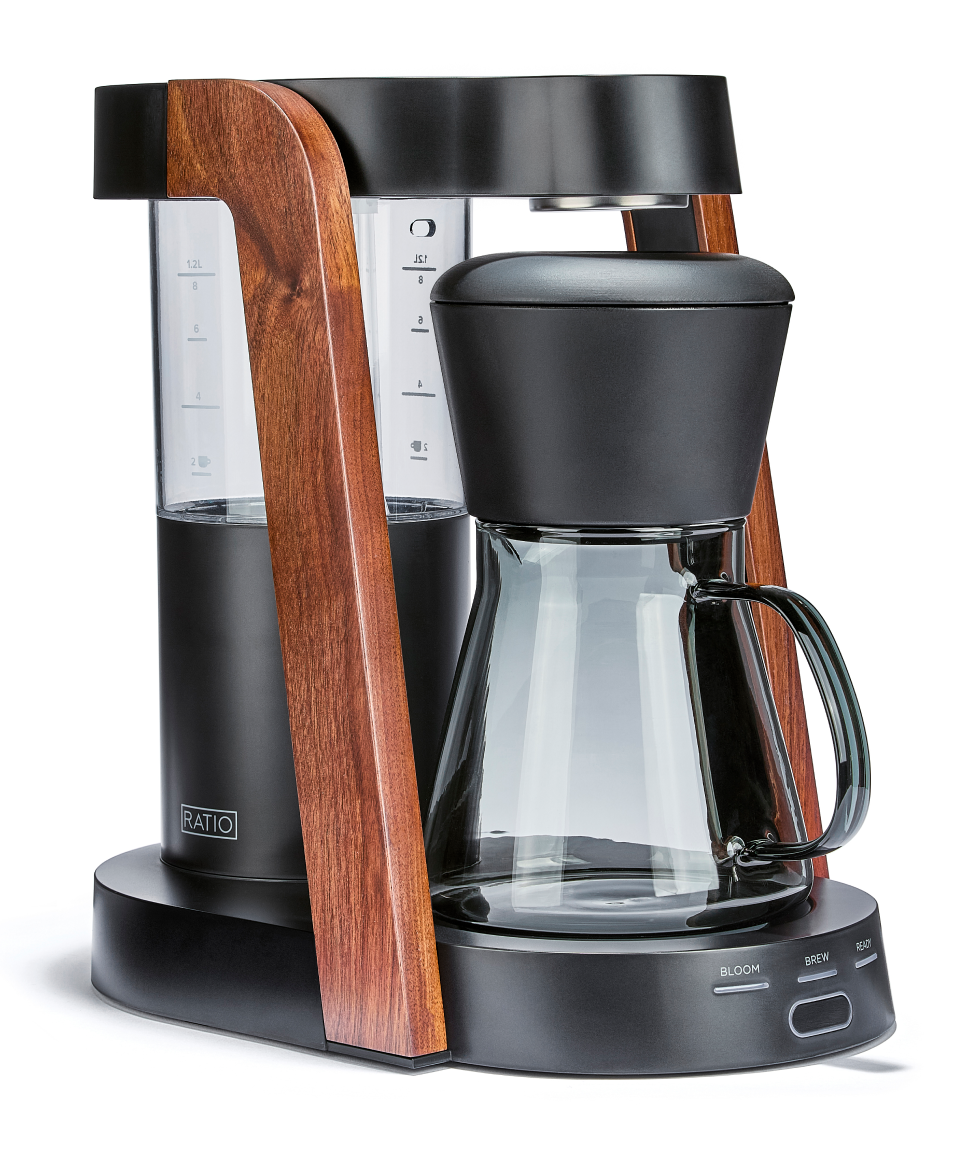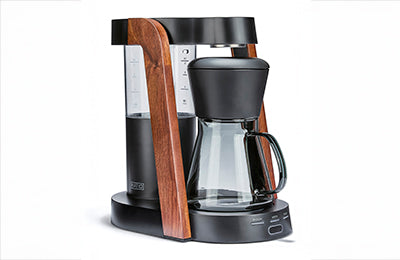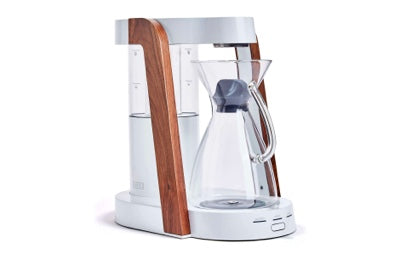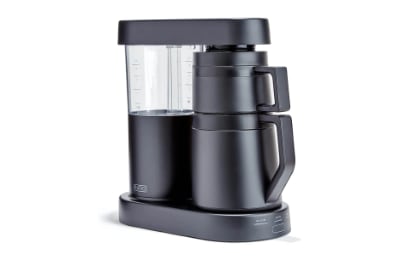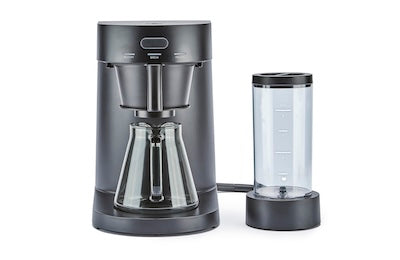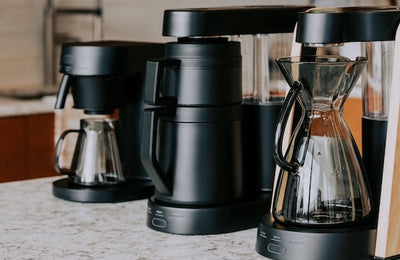Why You Should Stop Rinsing Your Coffee Filter Like That
Rinsing your coffee filter seems like a straightforward step. A quick splash of hot water, a shake, maybe even a full-on pour-and-dump — job done, right?
Not quite. The way you rinse your filter affects more than just eliminating paper taste. It can influence brew temperature, flow rate, and even extraction. And yet, many home brewers either skip this step entirely or do it in a way that unintentionally sets their brew up for failure.
If you're going to go through the effort of weighing your beans, grinding fresh, and watching your pour, it’s worth making sure this one tiny but important detail isn’t holding you back.

The Real Purpose of Rinsing Your Filter
Most people know rinsing a paper filter removes that telltale papery taste. But the rinse does more than just improve flavor:
-
Pre-wets the filter: So it doesn’t draw water away from your grounds
-
Warms the brewing vessel: Which helps maintain stable brewing temperature
-
Improves adhesion: Prevents the filter from collapsing or folding during brewing
-
Cleans the paper: Flushing out loose fibers or dust that could end up in your cup
But none of that works if you’re rinsing the wrong way.
The Most Common Rinsing Mistakes
1. Using Lukewarm Water
Hot water is essential. If you're rinsing with anything cooler than ~195°F (90°C), you're not removing oils or prepping your brewer effectively. Worse, you're losing heat that the brewing process needs to stay consistent.
Fix it: Rinse your filter with freshly boiled water, just off the boil. Use this same water to preheat your carafe or dripper while you’re at it.
2. Only Rinsing the Bottom
Pouring straight through the center and ignoring the rest of the filter leaves a large portion dry and unprepared. When brewing starts, those dry edges pull water away inconsistently and slow the flow rate.
Fix it: Rinse in a circular motion, covering the full wall of the filter. This ensures consistent hydration and adhesion.
3. Forgetting to Discard the Rinse Water
Yes, it happens — and yes, it affects flavor. The rinse water is where the papery taste goes. If you brew on top of it, all that effort is undone.
Fix it: Always discard the rinse water before adding coffee. Give your vessel a little shake if necessary to make sure none remains.

Rinsing Based on Filter Type
Different paper filters behave in different ways:
-
Bleached (white) filters: Typically require less rinsing; still benefit from a full pre-wet.
-
Unbleached (brown) filters: More prone to papery taste; always require a thorough rinse.
-
Thick filters (like Chemex): Can absorb more heat and require more water to fully rinse and preheat.
Tailoring your rinse to the filter you’re using ensures better performance and flavor.
A Step-by-Step: Proper Filter Rinsing
Here’s how to rinse your filter the right way:
-
Place the filter into your brewer
-
Bring water to a near boil (195–205°F)
-
Slowly pour the hot water in a circular motion, wetting the entire surface
-
Let the water drain completely
-
Discard the rinse water from your carafe or cup
-
Add coffee grounds and start brewing
It’s a 20-second step that can dramatically improve clarity and consistency.

How Rinsing Impacts Extraction
When a filter isn’t properly rinsed and pre-wet, it can:
-
Cool your brewing temperature prematurely
-
Create suction or seal problems during drawdown
-
Introduce unwanted flavors from fibers or paper coatings
All of these disrupt flow and interfere with optimal extraction. That means your carefully chosen grind and ratio aren’t working as they should.
A well-rinsed filter helps you start with a clean slate — clean flavor, consistent heat, and uninterrupted water flow.
Is Rinsing Still Necessary With High-End Brewers?
Yes — especially if you’re using paper filters. Even with a well-designed machine, like those from Ratio Coffee, which replicates hand-brewing principles through automated precision, rinsing is a human step that impacts flavor.
Machines can control timing, temperature, and saturation, but they can’t pre-rinse your filter (yet). Ensuring that your filter is clean and properly set up is a small but important complement to what your machine is doing.
If you’re brewing with high-quality equipment, you want to be sure that human error isn’t the weakest link.
Other Filter Tips Worth Remembering
-
Don’t reuse filters: It’s tempting to get multiple brews out of a single filter, but reused filters absorb oils and introduce off flavors.
-
Store filters properly: Keep them in a dry, sealed container to avoid absorbing kitchen odors or moisture.
-
Avoid folding errors: Make sure your filter sits correctly and doesn’t collapse or stick out of the dripper.
Each of these small things adds up to a better, cleaner cup.
Clean Brew Starts With a Clean Step
Rinsing your coffee filter isn’t just about avoiding cardboard flavor. It’s about setting up the ideal environment for extraction — consistent flow, proper heat, and untainted flavor.
It’s one of the easiest brewing improvements you can make, and it takes less than a minute.
If you care enough to grind fresh beans and watch your pour, rinsing your filter the right way is a no-brainer.
Frequently Asked Questions
Is rinsing necessary for bleached filters?
While bleached filters are less likely to impart flavor, a quick rinse still improves heat retention and brewing consistency.
Can I rinse my filter with cold water?
It’s not recommended. Cold or lukewarm water doesn’t remove oils or help preheat your brewer, which can compromise extraction.
Should I rinse filters for automatic brewers too?
Yes. If your machine uses paper filters, a pre-rinse improves flavor even if the process is automated.
What happens if I forget to discard the rinse water?
You may end up with a muted, papery, or off-tasting cup. Always empty the rinse water before brewing.
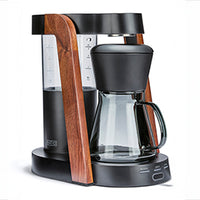 Ratio Eight S2
Ratio Eight S2
 Ratio Eight Original
Ratio Eight Original
 Ratio Six
Ratio Six
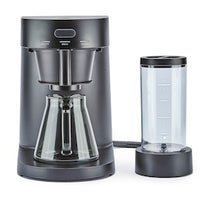 Ratio Four
Ratio Four
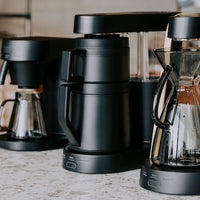 Compare Machines
Compare Machines
